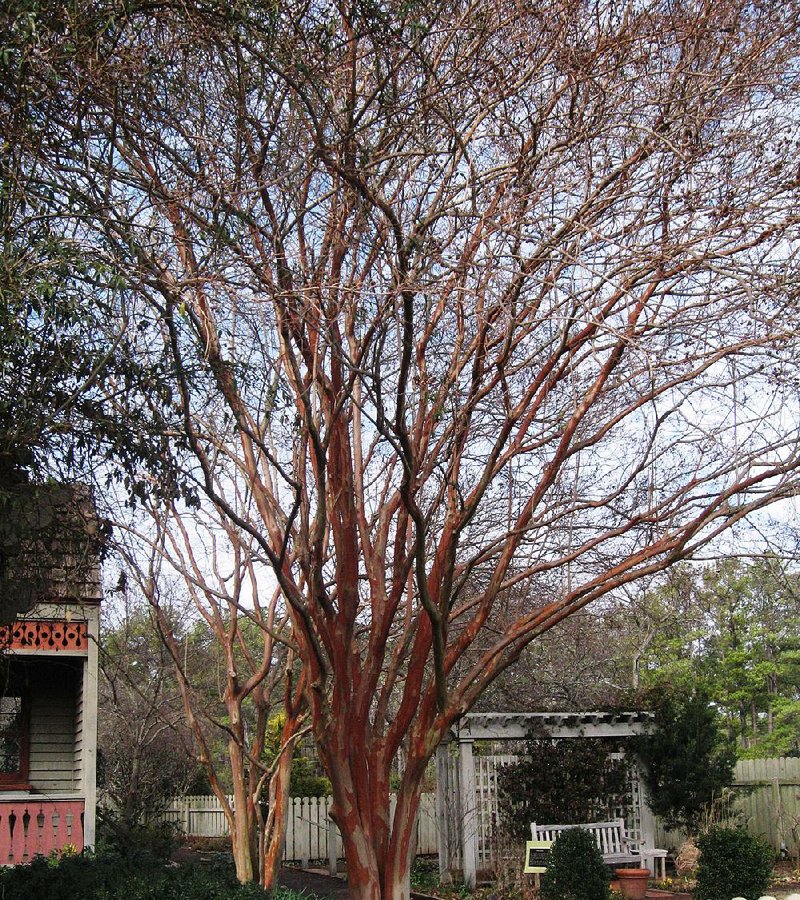Q I need your help immediately. All my plants seem to be infested with what I’ve diagnosed as spider mites. I noticed white webs with what appeared to be black seeds hanging on all my plants. I believe the culprit is two new pothos that I bought right before Christmas. I have a 20-year-old Christmas cactus, a large old cast-iron plant and several more pothos. All show infestation, and the pothos are turning yellow and dying. I would approach this naturally. Can you help me?
A I would first try washing the leaves on the plants, especially the large-leafed ones like cast iron plant (aspidistra) and pothos.
After washing, take the saucer off the base of the plants and place the plant in your bathtub or shower and let tepid water run over them for 10 minutes or so. Let them drain well and wipe down the leaves once more.
Spider mites tend to build up under dry conditions and don’t like excessive moisture. Once they’re dry, spray your plants with an insecticidal soap - which you can make yourself by adding a teaspoon of Murphy’s Oil Soap to a gallon of water. Wait one week and spray again and then see if you see any more damage.
Q The crape myrtles in my yard in Little Rock were encased with a quarter inch of ice that completely encircled the limbs during the last storm. My question is will this provide the same effect that spraying the crape myrtles with dormant oil spray would provide?
A Interesting question. Unfortunately, I don’t think the ice will kill crape myrtle scale insects. Once the ice formed, I would suspect the temperature under the ice stayed slightly below freezing.
The night the recent ice was covering our plants was not our lowest temperature this season, so in effect, the 8 or 9 degree temperatures we had earlier would have been colder on the stems of the plant (and thus the insect) than when the ice was present.
And these insects seem to be overwintering pretty nicely on their own. If you suspect scale problems on your crape myrtle, I would still suggest spraying with a dormant oil. The scaling bark is going to pose a problem as the bark interferes with thorough coverage using the oil, so a systemic insecticide later this season may also be necessary.
Q My nandinas have had the most berries I have ever seen in the 20 years I have lived here, and they were really beautiful. However, since the hardest freeze, they have lost their leaves in abundance.
In one day they just dropped the leaves. I thought when I looked out that the deer had eaten them as the stems were just sticking up everywhere, but on closer inspection I found the leaves were just lying on the ground. They look really naked and you can see right through them. Have you info on this sort of condition?
A I have not had that problem on nandinas, but we have had winter damage on a variety of plants this season. The cold, coupled with the dry conditions, caused the problems. Let spring get here and see how new growth begins. A little thinning - removing up to one-third of the old stems at the soil line, should help to rejuvenate them. Nandinas are usually pretty tough plants, and I would be surprised if they were killed by our winter.
Q This summer we planted “Homestead” verbena in two large beds in our backyard with a northern exposure. They are a perennial variety but we have not had good luck in the past getting them to survive the winter. We are on the golf course in Chenal and they were beautiful all summer, and so we really look forward to seeing them next spring. Can you advise us on procedures we need to use to protect them? Do they need cutting back, mulching, etc.?
A Perennial verbena will overwinter in a normal winter, but even when it is not as harsh as this one, there is usually a bit of spot-dieback. They don’t come back as thick as we would like them to for years afterward, so a bit of interplanting is often called for. Winter drainage is very important. The jury is still out for this winter, but I am not very optimistic. I hope I am wrong. Give them a chance to begin new growth this spring and then assess. For future planting, make sure that you have good drainage - elevate the planting area if it’s questionable, then mulch lightly.
After a killing frost (not before) you can add an extra layer of mulch. Watering prior to a hard freeze would also have helped this year, but as they say, hindsight is 20/20.
Q I have a crape myrtle that I know has been “murdered.” I keep reading your articles about how to trim, but I need a picture of what it should look like after trimming. Last year you showed a picture of what not to do, but I need to see a picture of what I am striving for.
A Here is a picture of a beautiful, statuesque crape myrtle. If you are starting from scratch, I like to see three to five main trunks with branching beginning about 5 to 6 feet off the ground. Prune off anything smaller than a pencil in diameter, and eventually you, too, can have a gorgeous tree that is not murdered.
Janet Carson is a horticulture specialist for the University of Arkansas Cooperative Extension Service. Write to her at 2301 S. University Ave., Little Rock, Ark. 72204 or email her at
HomeStyle, Pages 33 on 02/22/2014
